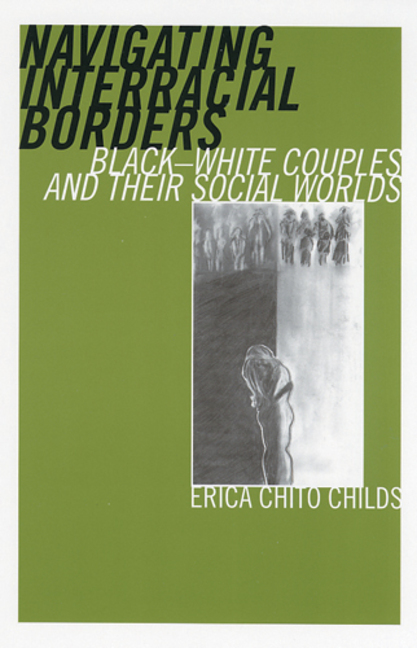Contemporary US multiple heritage couples, individuals, and families: Issues, concerns, and counseling implications
Counselling Psychology Quarterly
Volume 25, Issue 2, (June 2012)
Special Issue: Race, Culture, and Mental Health: Metissage, Mestizaje, Mixed “Race”, and Beyond
pages 99-112
DOI: 10.1080/09515070.2012.674682
Mark Kenney, Adjunct Professor
Kutztown University, Kutztown, Pennsylvania
Multicultural Education and Consulting, Sinking Spring, Pennsylvania
Kelley Kenney, Professor of Counseling & Human Services
Kutztown University, Kutztown, Pennsylvania
Multicultural Education and Consulting, Sinking Spring, Pennsylvania
This article introduces the special edition by providing an overview of how policies and attitudes have influenced the experience of multiple heritage couples, individuals, and families in the American context. This history is linked to the developmental tasks of multiracial individuals and families in contemporary context. This paper also discusses the counseling implications emphasizing the importance of delivering culturally competent and sensitive services.
Introduction
Multiple heritage couples and individuals historically have been the subject of controversy and scrutiny. Myths and stereotypes that pervade our society suggest that individuals who couple interracially are dysfunctional (Yancey, 2002); are attempting to make a statement (Root, 2001); or have ulterior motives for doing so (Wardle, 1992, 1999). Motives speculated upon include quests for the exotic, sexual curiosity and promiscuity, economic and social status or achievement, domination, potential citizenship, rebellion against society or family, low sell-esteem, or racial self-hatred (DaCosta, 2007; Karis, 2003: Root, 1992; Spickard, 1989; Yancey, 2002); that persons of color are more willing to accept children of interracial unions than are white people (Wardle, 1992, 1999); and that the difficulties faced by interracial individuals and families are based on race (Root, 2001: Wehrly, 1996). Myths and stereotypes about multiple heritage individuals suggest that they are doomed to a life of rejection, and confusion about who they are (Wardle, 1999; Yancey, 2002).
This paper examines contemporary multiple heritage couples, individuals, and families in the US; the salient issues and concerns that have historically confronted this population; and the counseling implications of which those working with this growing population need to be aware. In this article, we address multiple heritage individuals, couples, and families drawing on a literature that uses multiple terms to identify them “Interracial couples” are defined as partners, married or not, of a different racial background (Root, 1992; Spickard, 1989). “Multiracial individuals” are defined as individuals whose biological parents or whose lineage are of two or more different racial backgrounds (Funderburg, 1994; Gibbs, 1989; Root, 1992)…
Read or purchase the article here.


